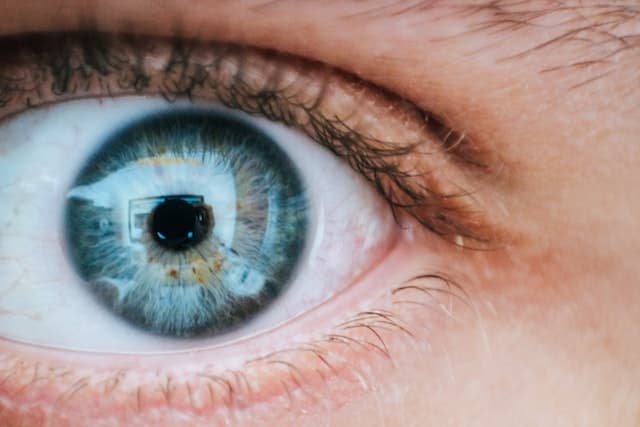Daily vs. Monthly Lenses: A Study In Moisture And Comfort
Contact lenses have brought a transformative wave in ophthalmology, providing a practical alternative to standard eyeglasses.
When navigating the broad spectrum of contact lens choices, two prominent types emerge: daily and monthly disposable lenses.
It’s worth mentioning that there’s a third type, known as weekly or biweekly contact lenses (such as Acuvue Oasys), but for the purpose of this discussion, we’ll concentrate on the two more prevalent types.
Both daily and monthly contact lenses carry their unique advantages and drawbacks, particularly regarding moisture retention and wearer comfort.
In this exploration, we’ll conduct a comparative study of these two categories of lenses, thereby empowering prospective users to make educated decisions concerning their visual aids.

Daily Contact Lenses
Daily disposable contact lenses, as the name suggests, are designed to be worn once and then thrown away at the end of the day.
This design provides a fresh, clean lens every morning, which can contribute significantly to wearer comfort.
Because of their daily disposal, these lenses minimize the chance for debris build-up that can occur over time.
Furthermore, they eliminate the need for regular cleaning and disinfecting, cutting down on potential irritations caused by these processes.
In terms of moisture retention, daily disposables typically contain high water content.
Their design ensures maximum hydration throughout the day, reducing the likelihood of dry eyes, a common complaint among contact lens users.
They are particularly beneficial for those living in dry climates or working in environments with air conditioning or heating systems, which can dry out the eyes.
However, it is important to note that daily disposable lenses can be more expensive than their monthly counterparts due to the increased frequency of replacement.
Therefore, the choice between daily and monthly lenses often hinges on an individual’s budget, lifestyle, and comfort preference.
Monthly Contact Lenses
On the other hand, monthly lenses are designed for extended wear, typically up to 30 days, with regular cleaning and disinfecting.
They are typically made from silicone hydrogel, a material that allows more oxygen to reach the cornea compared to other contact lens materials.
This increased breathability can enhance the comfort of the wearer and help maintain eye health over extended periods.
While monthly lenses require more maintenance than daily disposables, they are often more cost-effective.
The cleaning regimen, however, is crucial to ensure the lenses stay free from proteins and lipids that naturally accumulate on the lens surface.
Over time, this build-up can affect the lens’ ability to retain moisture, potentially leading to dryness and discomfort if not properly managed.
As for the moisture retention, many monthly lenses come with a surface treatment or internal wetting agent that works to keep the lens moist.
Manufacturers have been developing newer technologies to improve moisture retention for monthly wear lenses, which are designed to provide comfortable wear throughout their lifespan.
One key advantage of monthly lenses is that they are generally more environmentally friendly.
Daily disposables, due to their frequency of replacement, can contribute significantly to plastic waste.
This factor might be a consideration for those users who are environmentally conscious.
So, Which is Better?
Both daily and monthly contact lenses have their unique advantages when it comes to comfort and moisture retention.
Daily lenses offer the convenience of low maintenance and high moisture content but come with a higher price tag.
Monthly lenses, while requiring more care, provide a cost-effective and eco-friendly option, with continuous advancements being made in moisture technology.
The choice between these two types of lenses ultimately depends on the wearer’s lifestyle, budget, comfort preference, and eye health.
Therefore, it’s important to discuss with an eye care professional when deciding which lens type best suits your individual needs.
Regardless of the choice made, today’s lens technologies ensure that both daily and monthly lens users can experience excellent comfort and sufficient moisture retention.
Our other article on Hormone Spiral may also attract your attention.
